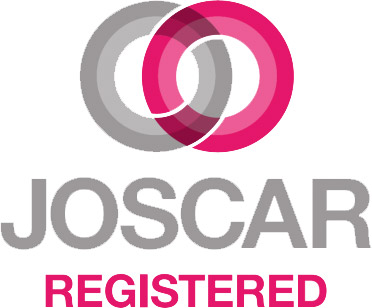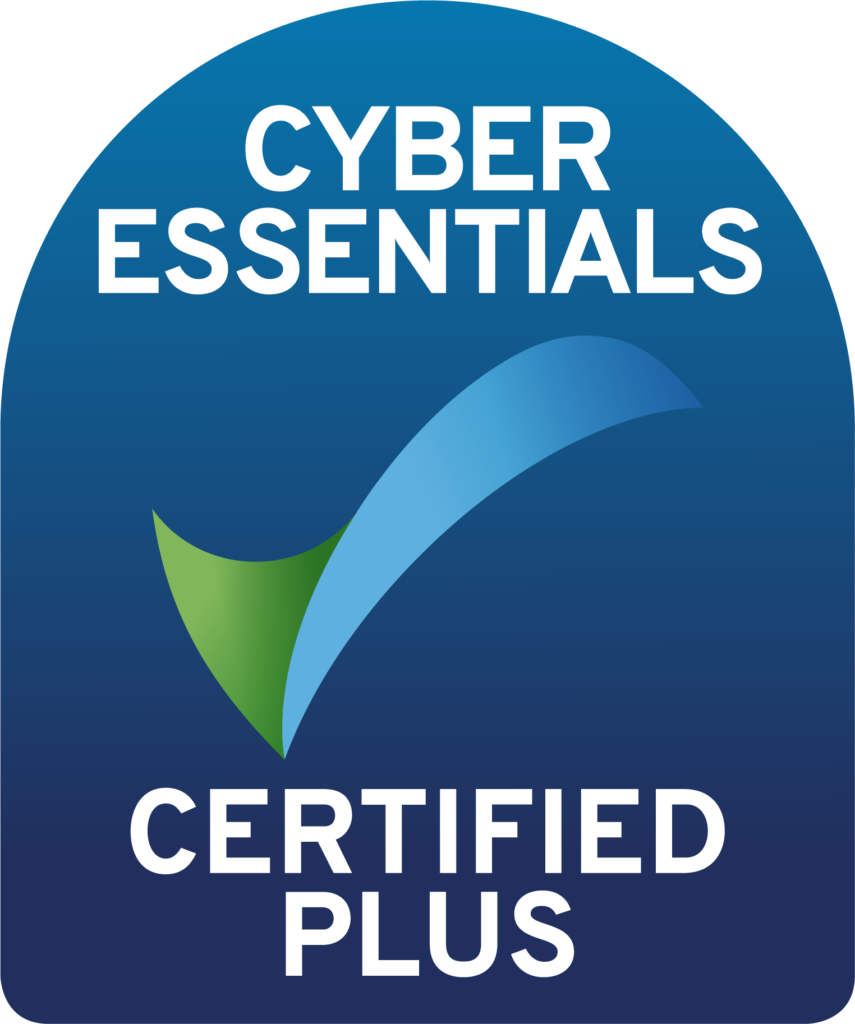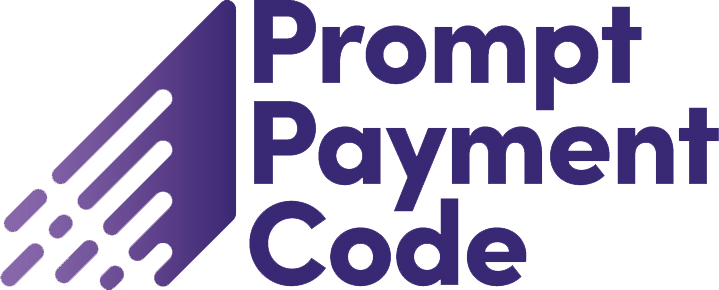Confidence to deliver – on budget, on time, every time
‘One in 5 projects has a profit problem. Without risk management, all of them have a profit problem’ says Andrew Pyke, Associate Partner, International Centre for Complex Project Management (ICCPM)
The business case for organisations to embrace project risk management is stronger than ever. Many projects list risks on an MS Excel based risk register, which is completely separate from the project schedule. What is needed to manage risks effectively, is a tool that allows multiple people access to update their risks, but more importantly to update their progress on mitigation actions. Managers need easy visibility in order to quickly identify hot spots or team members that need help.
To understand your confidence in meeting your timescale and budget, you have to be able to quickly and easily bring together the up to date information from the risk register with the schedule logic and uncertainty from the project schedule, to perform a Monte Carlo based schedule risk analysis.
I am 80% confident this project will finish by…
Applying a Monte Carlo analysis integrating risks and uncertainties provides a clear view of their impact on timelines and costs of a project, telling you how confident you can be in delivering a project within the desired time and budget.
Using Risk Decisions’ Predict!, the only solution tightly integrating a Monte Carlo cost & schedule analysis engine with a comprehensive risk and action management database, allows risks to be managed at a level appropriate to the size and complexity of individual projects. It also gives the programme manager a cross project view at a level appropriate to them. This requires no additional input, and no manual aggregation of disparate and inconsistent spreadsheets.
Another advantage of a risk management tool is that it records an audit trail and allows for access by multiple users concurrently. It is difficult to control who edits a spreadsheet, especially with multiple users. It is estimated that some 90% of spreadsheets have errors or inconsistencies in them, something that can be avoided by using a risk management tool.








